Home
Daniel Leeds – Research
Research interests
My research studies the computational principles underlying perception and cognition. I pursue connections between the statistical patterns of the natural world of sights and the resulting representations in the minds of human and animal observers. I also model potential sources of cognitive decline (short- and long-term) — including concussion and aging. Additionally, I investigate factors contributing to underreporting and delayed reporting of concussions. My work draws on theories in computer vision, machine learning, psychology, biology, and statistics, among other areas. I also dedicate significant attention to the development and application of data analysis techniques to gain better understandings of neural (and other biological) data.
I also co-direct the Educational Data Mining Laboratory together
with Prof. Gary Weiss. We study the factors affecting student
course performance, including prior course backgrounds and instruction
styles.
Current projects
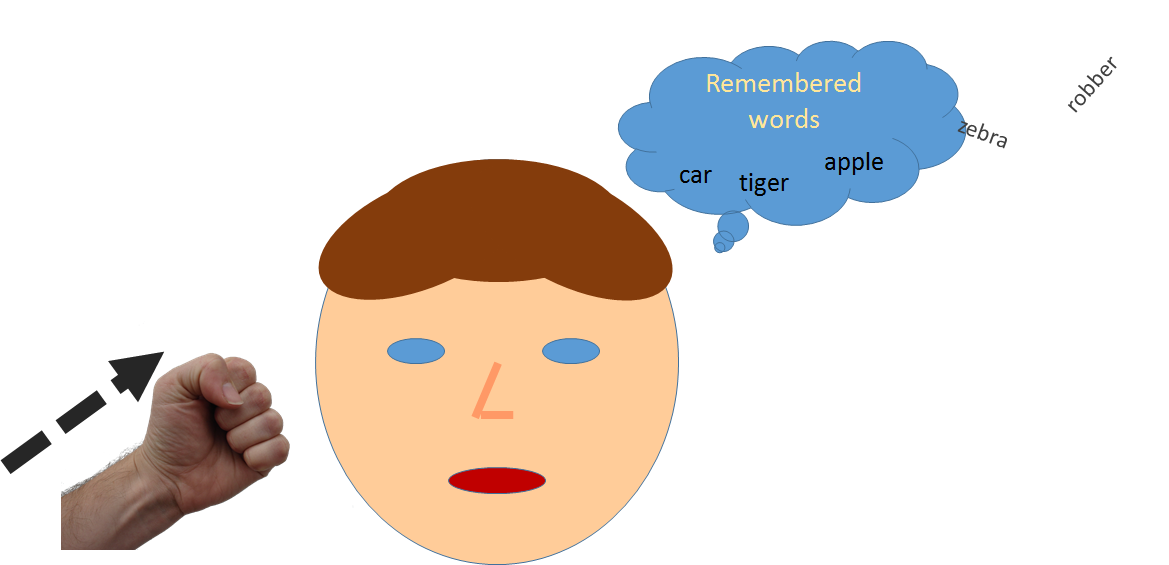 |
Concussion: Motivations for delayed/non-reporting, kinematics of head strikesLeeds, Zeng, Johnson, Foster, D'Lauro, Beliefs affecting concussion reporting among military cadets: advanced observations through machine learning, Brain Injury, February 2022. Leeds, Nguyen, D'Lauro, Jackson, and Johnson, Prolonged concussion effects: constellations of cognitive deficits detected up to year after injury, Journal of Concussion, May 2021. Johnson, Leeds, Song, and D'Lauro, Effects of fatigue and sleep on neurocognitive performance and concussion symptom reporting, Neurotrauma, June 2019. Leeds, D'Lauro, and Johnson, Predictive power of head impact intensity measures for recognition memory performance, Military Medicine 2019. Leeds, Johnson, DeFontes, and D'Lauro, The effect of sub-concussive impacts on post-exercise memory performance, Society for Neuroscience, November 2017. We study the kinematic properties of typical sub-concussive head strikes, examine the effects of head strikes on cognition, and explore the factors relating to underreporting of concussions. |
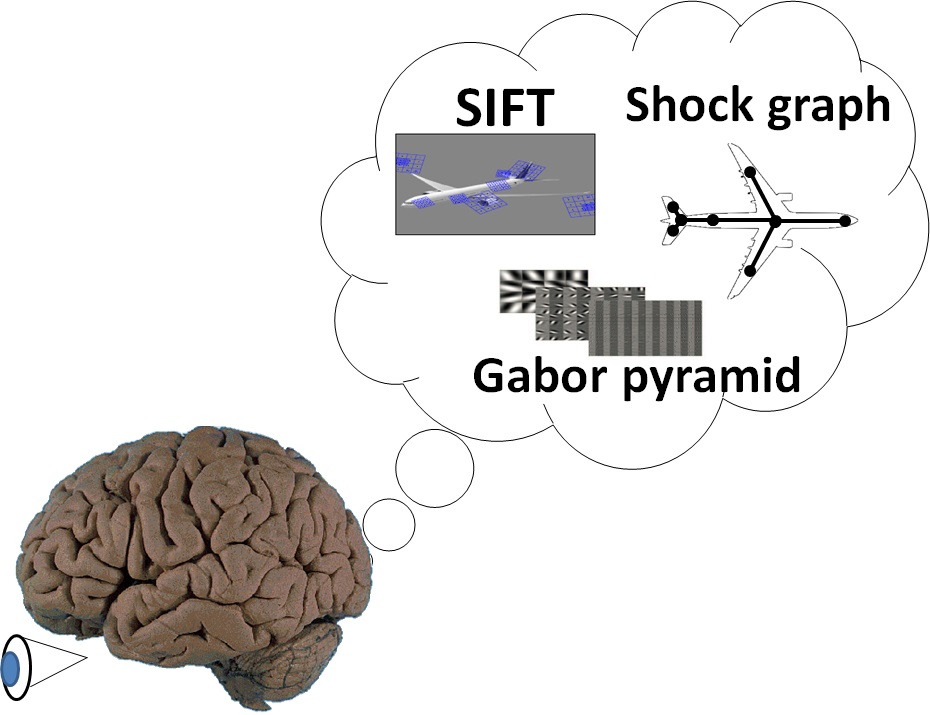
|
Computer vision models of object representations and contextAminoff, Barror, Roginek, Leeds, Contextual associations represented both in neural networks and human behavior, Scientific Reports, April 2022 Charles, Leeds, and Agarwal, Modeling effects of blurred vision on category learning, Vision Sciences Society, June 2020. Leeds and Feng, Modeling voxel visual selectivities through convolutional neural network clustering, Vision Sciences Society, May 2019. Cavanagh and Leeds, Computational study of changes to cortical vision with age, Vision Sciences Society, May 2018. Leeds, Seibert, Pyles, and Tarr, Comparing visual representations across human fMRI and computational vision. Journal of Vision 2013. We explore how well different computer vision recognition models account for neural object encoding across human cortical visual pathway as measured using fMRI. |
| Picture TBD |
Cortical representations of cognitionZhang, Leeds, Habeck, and Stern, Classifying cognitive tasks based on brain activity, In Prep. Reno, Habeck, Stern, and Leeds, Identifying local cognitive representations in the brain across age spans through voxel searchlights and representational similarity analysis, Cognitive Sciences Society, July 2021. We use classifiers and representational similarity analysis to distinguish cognitive representations in the brain, and explore the impact of age and cognitive ability on representation. |
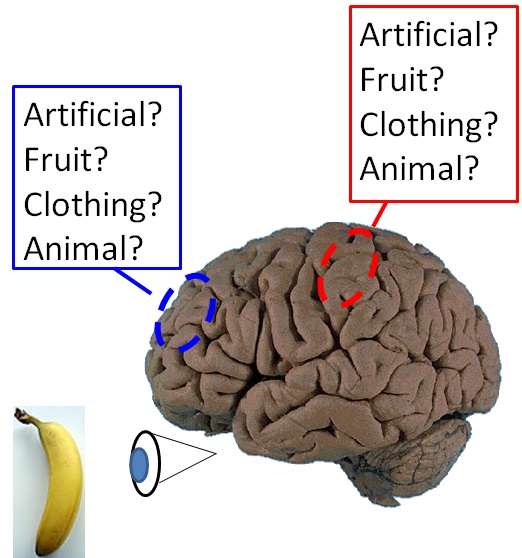 |
Semantic representations of objectsLeeds and Shutov, Potential cortical and computational biases in representational similarity analysis, Cognitive Computational Neuroscience, September 2018. Leeds, Shutov, and Pyles, Local multi-voxel cortical representations of object semantics. fMRI and Mechanical Turk Data. KiltHub. Leeds and Shutov, Semantic object grouping in the visual cortex seen through MVPA. Vision Sciences Society, May 2016. We explore how well different semantic features account for neural object encoding across human cortex as measured using fMRI, similar to the computer vision approach above. |
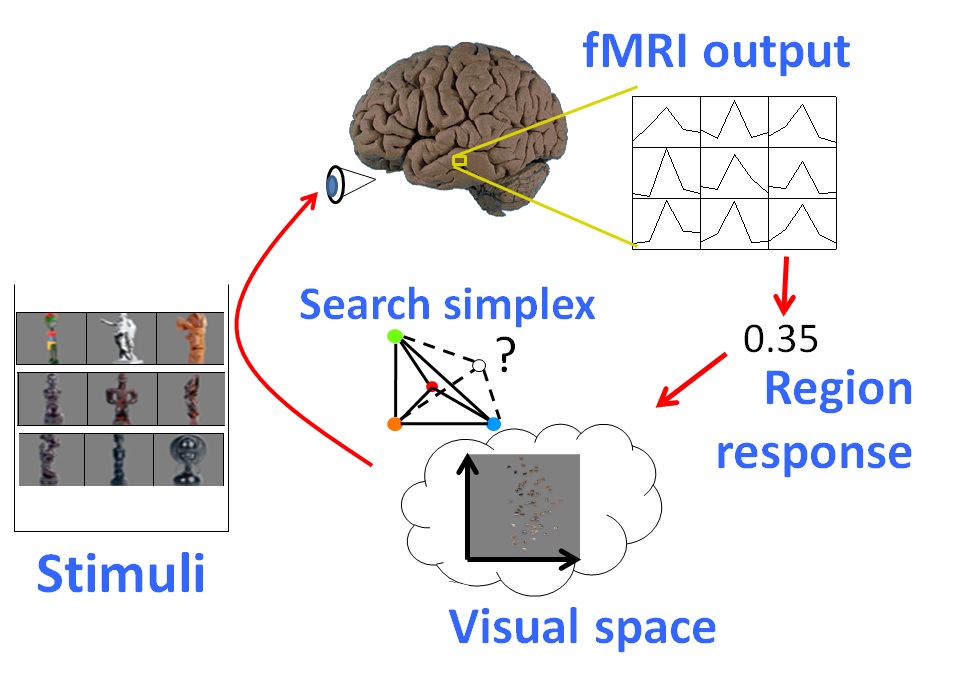 |
Realtime fMRI search for visual propertiesLeeds and Tarr, A method for real-time visual stimulus selection in the study of cortical object perception. NeuroImage 2016. Leeds, Pyles, and Tarr, Exploration of complex visual feature spaces for object perception. Frontiers in Computational Neuroscience 2014. We utilize realtime fMRI analysis in conjunction with approaches from optimization and computer vision to address the question of compositional features underlying object representation in the brain. |
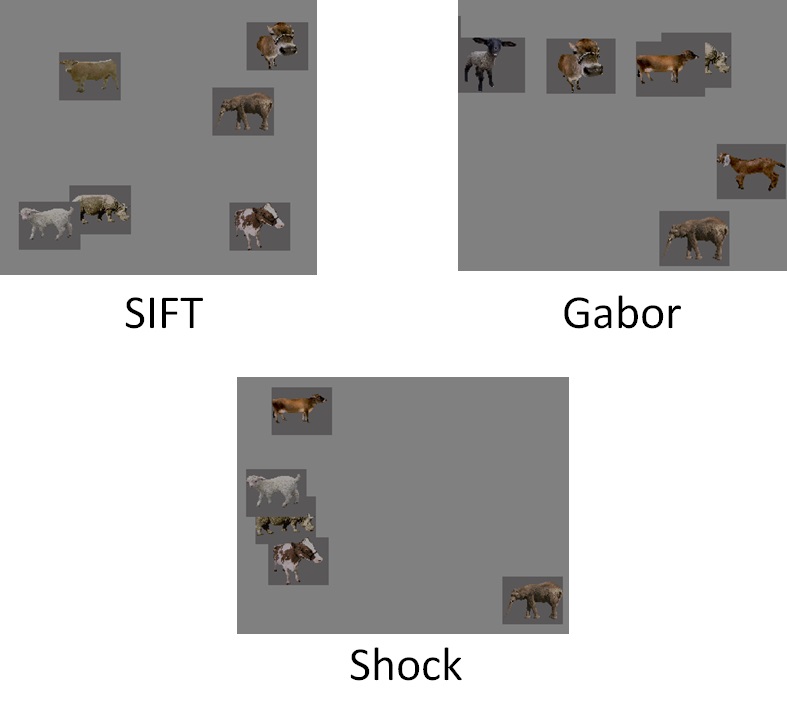
|
Measures of visual similarityToolbox available for download through GitHub and as a zip file. We have developed a Matlab toolbox for computing image similarities using a variety of computer vision algorithms. |
Computer-assisted diagnosis of heart murmurs: I developed
software to produce visualizations of patients' heart sounds to aid in
diagnosis of murmurs. I use tailored methods to extract relevant
acoustic features and self-organizing maps to project information from
a multi-dimensional space into an intuitive two-dimensional grid.
Articulator motion in speech production: I have studied the
roles of motion in the lips and tongue (among other articulators) for
the production of speech in varying conditions — such as slow or
fast.
Statistical structure of bird song: I used statistical analyses
to characterize the variations in the properties of the zebra finch
song across single recitations. This method can be extended to study
the evolution of a song while it is learned by young
finches.
Past projects
Efficient coding of natural sounds: I developed a multi-stage,
probabilistic encoding method for sounds. Incorporating insights from
neuroscience, this method captured non-linear acoustic structures
using a small number of representational components.
Students
Several Fordham undergraduate and graduate students have joined in
my research projects. My students typically come from Integrative
Neuroscience and Computer Science majors as well as Data Science and
Computer Science Masters programs.
- Sarah Abdelaziz, Tanvir Ahmed, Cody Bagwandeen, Xuanming Cui, Jannatul Kabir, Emma Karn, Yuet Ho, Rahul Ohlan, Eric Roginek (current/2022)
- Yuta Hagiwara, Guilherme Soares, Laura Reno, Eric Roginek, William Witek (2021)
- William Charles, Daniel Joseph, Annie Nguyen, Yue Zeng, Tianyu Zhang (2020)
- Sarah Cavanagh, Amy Feng, Wanjia Song (2019)
- David Shutov (2018)
- Tishya Girdhar, Caleb Hulbert, Shane Hyde, Lisha Zhou (2017)
- Davis DeFontes, Ivan Iotzov, Maxwell MacKoul, Sheikh Muizz (2016)
- Catarina Araujo, Anthony Matus (2015)
- Yuta Hagiwara, Guilherme Soares, Laura Reno, Eric Roginek, William Witek (2021)